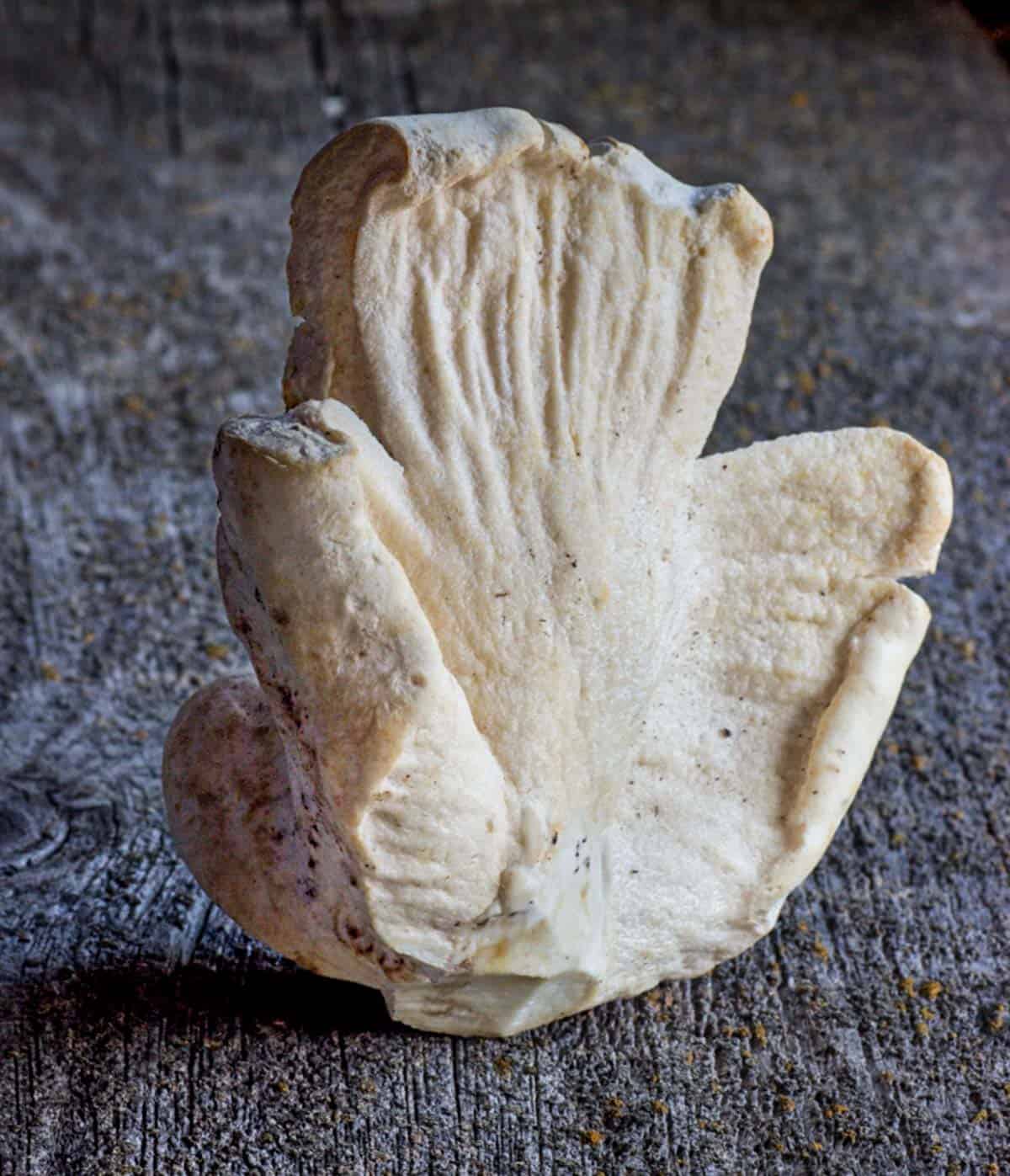White lobster mushrooms are safe to eat. The color anomaly should be related to their genetics. The mushrooms are completely fine to eat, as long as they've been fully parasitized by the Hypomyces fungus.

I used to only pick or purchase lobster mushrooms for restaurant use that were totally red. I would turn away pickers trying to sell shrooms that didn’t fit the textbook description, having a little more white to red, or a different smell-saying that their lobsters weren’t “parasitized enough”. Another chef had told me to be wary of lobster mushrooms that seemed undeveloped, so I wanted to play it safe.
Considering that a lobster mushroom’s host could be a number of different species, and that some of those might not be too tasty in their previous state, I think it was completely fine to be picky in the past.
I’ll add too, that in addition to the color, I find lobster mushrooms that aren’t completely red, or are very young to have a chemical-esque smell that reminds me of some undesirable species.
Typical lobsters will start to reek like dead shellfish when you find decaying ones in the woods. I found out last year that semi white, half-formed or young lobsters I see are perfectly fine, even the ones with the odd smell cook up like usual.
There's another type of lobster I hadn’t eaten though, a form I have seen only a handful of times. Story goes that a couple years ago I heard a friend of mine mention that very occasionally he would find lobster mushrooms that were pure white. He called them “ghost lobsters”. A few weeks ago my friend and foraging buddy brought in a pristine, completely white one for me to try, so we conducted a little taste test.
What we found was interesting. The red coating seems to bring a certain crisp quality to lobster mushrooms, without it the ghost lobster seemed to be much more tender. Other than that, it tasted great, just like a lobster mushroom fried in butter should.
Ok, so pure white lobsters are fine to eat. Are they truly lobster mushrooms? Are they a different mushroom? I’m a cook, not a mycologist, but here’s my take:
I think the white lobster is an anomaly, novelty, and rare mutation that happens only so often. The reason is that I see them very occasionally, and sometimes see lobsters that are very white, but still with large traces of red, or vice versa.
A think a good comparison is the white chanterelles I posted about previously, which I definitely believe to be a species separate from golden chanterelles. The white chanterelles grow in quantity, with more than one exactly alike, and in an area with golden chanterelle species growing a stone’s throw away.
The white lobster on the other hand, does not, from my experience. Either way the white lobster is interesting; definitely worth trying if you find one.
Related Links
Guide to Lobster Mushrooms

ARock
White lobster mushrooms are just a different Hypomyces species not a mutation. Some will be edible, some probably not.
Alan Bergo
I haven't heard of that. As for the a-typical mutations though, I'd check out the project I helped out with in the link here if you haven't seen that one. They prove a number of white chanterelle species have albino mutations. I've also seen it with black trumpets. I've also eaten every white lobster mushroom I've found and never had a problem. If you have some references for that please leave them-I'd love to take a look.Sequencing The White Chanterelle
Judith
I find white ones regularly and good to eat. I also have found part orange and part white. One was interesting, divided precisely down the middle - orange on one side and white on the other. No idea how that happens!
Alan Bergo
Yes there seems to be a milder flavor with albino mushrooms, and a very subtle change in texture.
Kim
I found a very large white lobster mushroom
But am not sure how to tell if it is safe to eat.
Is there a way to share a picture on here of it?
Alan Bergo
Hi Kim, go to my Facebook page, or even better, a mushroom identification forum on Facebook.
John Redman
And didn't today's FB posts include a news item about 2 pure white (sea) lobsters found in New England waters.
Alan Bergo
Havent heard anything about white sea lobsters John.
Nancy | Ramsons & Bramble
I wish lobster mushrooms grew in Europe! The last time I got to eat some was after my very first mushroom hunt, when I lived on the west coast of Canada, but that was ten years ago...
Your site is stunning - really beautiful photos and very delicate recipes. I can't believe I haven't stumbled across it until now. Great work!
Alan Bergo
Thanks Nancy, nice to meet you.